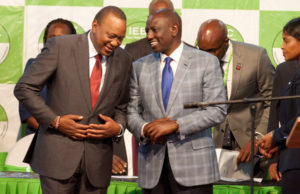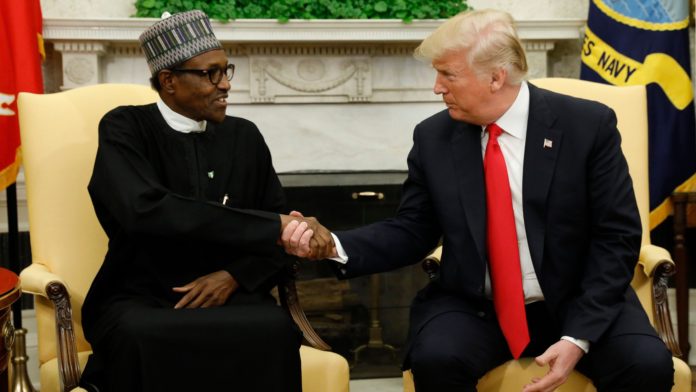|
Getting your Trinity Audio player ready...
|
By Winnie Kamau
On December of 2016, the Government of Kenya denied an American based organization, International Foundation for Electoral Systems (IFES) to run a 20 Million Dollar program set to conduct Voter Education. This move raised an uproar both on the International and Local scene with Organizations asking how the government would deny such a project and denying many jobs.
This funding was stopped just a few months to the August 2017 Polls with President Uhuru Kenyatta claiming the money entering the country through the program was an attempt to influence the election.
Kenyan Government Stops US-Funded Election Education Program – Voice of America – https://t.co/eAMds4B6O3
— Virginia Goss (@VirginiaGoss55) December 26, 2016
The Kenyan Government and other Developing countries concerns are very valid and should not be ignored. But I could not help but think how and if and only if the Kenyan Government had joined this great Initiative, IATI they would help avoid such public embarrassment and looking so naive in the International Scene.
I am not saying this Initiative is the Ultimate problem solver of many Development Countries but it is the beginning of solving the misguided thoughts between the Civil Society Organisations and the Governments.
International Aid Transparency Initiative (IATI) is the organization am talking about. By joining this noble Initiative the Governments not only in Kenya would see which government and which Donor organization was funding and also get to know what exact projects were being funded. This is not unique to Kenya but many people in governments become anxious with the issue of Transparency and even some having their data scrutinized. It’s not easy at the beginning but with time Government Institutions do adapt to new systems.
The recent report of 2017, showed the Data published by donors on IATI and how the donors future spending plans had increased by an impressive 46%.

In 2017, the report indicates US$111 billion of planned spend was shared one year in advance in forward-looking budgets provided by donors, compared with $76 billion in 2016. The rise marks tremendous progress in transparency, enabling developing country governments, NGOs and others to better plan and coordinate development resources.
The new figures are released in IATI’s 2017 Annual Report, which reviews the progress and challenges in humanitarian and development transparency.
The report shows 128 new development and humanitarian organizations publishing, translates to an increase of 26% publishers to IATI in 2017, bringing the total to over 600 organizations. This represented US$145 billion of disbursements and expenditures reported during the year by donor governments, multilateral agencies, foundations, NGOs and private sector organizations.
The political endorsement of IATI has continued to grow over 2017 with 10 new organizations joining IATI as members. These include the governments of Guinea, Italy, Mali and Somalia, the Netherlands Enterprise Agency, the International Finance Corporation, the International Organization for Migration, Oxfam America, Oxfam Novib and Plan International. Joining IATI shows a clear commitment to transparency and open data and these new members now have an important stake in the initiative’s governance.
With countries like Somalia and Mali believing in this Initiative speaks a lot. This is the kind of initiative where you can be able to see who is funding who and what is being funded and by whom then it will alleviate the anxiety and tensions between Governments and CSOs. All this information can be accessed through IATI’s visualizing tool the d-Portal.














